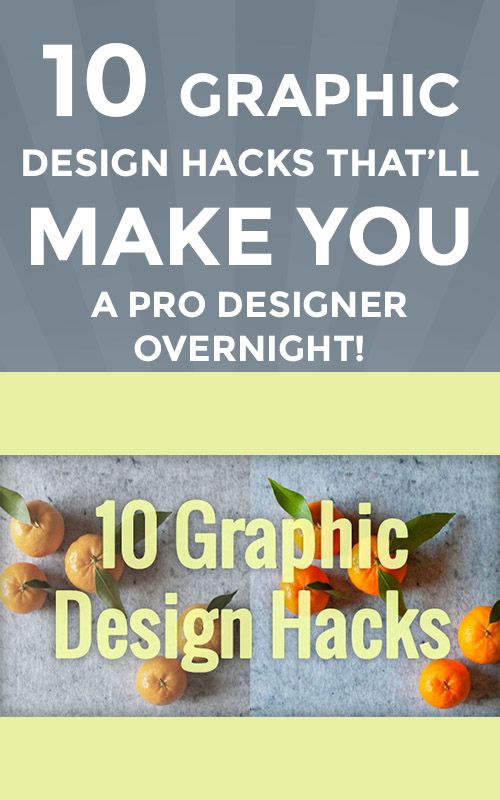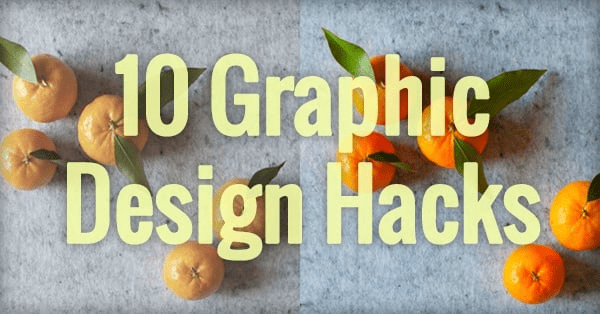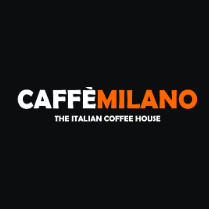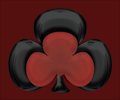Graphic design hacks are essential tools for anyone looking to enhance their social media growth and engagement. In the fast-paced digital landscape, where visual content strategies can make or break a brand’s presence, knowing how to effectively design for engagement is crucial. According to research, effective visual content not only captures attention but also significantly boosts interaction rates; in fact, posts with striking designs can nearly double engagement. By applying practical social media design tips, you can craft visuals that resonate with your audience, making your posts more shareable and memorable. These graphic design hacks will empower you to generate eye-catching content that not only stands out in crowded feeds but also drives meaningful connections with your followers.
Innovative design techniques are vital for optimizing your visual output across social platforms. With the right strategies in place, you can enhance every aspect of your digital presence, leveraging design methods that boost audience interaction and visibility. Whether you’re considering using color psychology or consistent branding elements, these methods can dramatically elevate your overall social media efficacy. Embracing these design advancements allows you to create impactful content that resonates with viewers and translates to higher levels of engagement. Let’s explore some creative visual approaches that can revolutionize the way your audience interacts with your brand.
Why Design Matters So Much for Social Media Growth
In the realm of social media, design is not just an aesthetic choice but a crucial component of your marketing strategy. Research indicates that visuals can significantly influence user engagement, and that impact is measurable. BuzzSumo highlights that posts featuring images achieve 2.3 times more engagement than text-only posts. This discrepancy underscores how vital it is to invest in creating visually appealing content that can capture your audience’s attention immediately.
The human brain processes visuals at an astonishing speed, with studies conducted by MIT discovering that we can interpret images in just 13 milliseconds. This rapid assimilation means that your graphic design needs to make an impression quickly, as users are notorious for scrolling past content that does not immediately resonate with them. In essence, a striking design can serve as the gateway to connection and engagement, making it imperative for brands to craft visually compelling posts that stand out in the clutter of social media feeds.
Create a Signature Color Palette That Triggers Recognition
Establishing a signature color palette is paramount for brand recognition on social media. Think of it like the iconic green of Starbucks or the deep blue of Facebook; these colors are instantly recognizable and associated with their respective brands. To achieve this level of recognition, select 3-5 colors that authentically represent your brand identity and apply them consistently across all your posts. Such uniformity enhances visual recall, as research suggests a well-executed color scheme can boost brand recognition by as much as 34%.
Consistent use of colors not only aids in recognition but also creates a cohesive look that can help followers identify your content even when seen outside the context of your profile. This psychological effect is rooted in how the brain prioritizes color, making it more likely for users to engage with branded content that they perceive as familiar. By committing to a specific palette, you not only reinforce brand identity but also create visual appeal that encourages your audience to engage.
Master the 80/20 Rule of Visual Hierarchy
Utilizing the 80/20 rule in your graphic design is an effective strategy for directing viewer attention to what is most important. This principle suggests that a singular element should dominate 80% of the visual space to effectively guide the viewer’s focus. For instance, if you create a post for a new product launch, ensure that the product image occupies the majority of the design, thereby enhancing its visibility and impact. Employing this approach has been shown to increase click-through rates by approximately 27%.
In addition to emphasizing key elements, mastering visual hierarchy involves balancing other components subtly around the focal point. Use size, color contrasts, and spacing strategically to ensure the main message or theme captures attention first, while supplementary information supports rather than detracts. This structured hierarchy not only enhances comprehension but also leads to a more organized aesthetic that won’t overwhelm your audience.
Use the Psychology of Fonts to Trigger Emotional Responses
Fonts are powerful tools in graphic design that can invoke specific emotional responses from your audience. By strategically pairing contrasting fonts, such as a serif with a sans-serif typeface, you can enhance readability and engagement. Research suggests that using contrasting fonts can improve comprehension rates by up to 35%. When viewers find a post easy to read, they are more likely to engage with it by saving it or sharing it with others.
Moreover, consistent font choice can help establish your brand’s identity. Opting for particular font styles can evoke feelings of professionalism, creativity, or playfulness, depending on what aligns best with your brand. Experimenting with combinations that complement one another while ensuring clarity will contribute significantly to the effectiveness of your social media content.

Create Template Systems to Scale Your Content
Developing a template system for your social media graphics can save time and ensure consistency across your posts. By dedicating 30% of your design to negative space, you allow your content to breathe and enhance viewer comprehension by as much as 20%. This breathability makes your posts easier to digest and can result in viewers spending more time engaging with your content, with studies indicating that incorporating negative space led to audiences spending an additional 14 seconds on my posts.
Templates not only streamline your design process but also provide a framework that maintains brand cohesion. By creating a set of templates for various types of posts—such as quotes, promotions, or announcements—you ensure that every piece of content maintains the look and feel of your brand, which facilitates quicker content creation without sacrificing quality. This approach fosters a recognizable presence that audiences can easily identify.
Use the Rule of Thirds Grid for Instantly Better Compositions
Adapting the rule of thirds in your graphic design compositions can lead to visually compelling results that draw the audience’s eye. By positioning key elements along the intersections of an imaginary 3×3 grid, you create a natural balance in your layout. This technique is grounded in visual art principles and has been shown to boost engagement by upwards of 19%. A well-composed graphic naturally guides the viewer’s gaze, making the content more captivating.
Implementing this strategy not only enhances aesthetics but can also provide more clarity in communication. When viewers encounter a balanced composition, they are intrinsically drawn to it, allowing for easier retention of the information being presented. A simple adjustment in the placement of elements can make a remarkable difference in the overall effectiveness of your visual content.
Create “Pattern Interrupts” with Unexpected Visual Elements
One effective way to capture attention on social media is by incorporating unexpected visual elements, also known as ‘pattern interrupts.’ These could be simple, hand-drawn graphics or unusual color palettes that differentiate your posts from others in a user’s feed. By adding these surprises, you can create a level of intrigue that encourages viewers to stop scrolling and engage with your content more deeply, which has been shown to result in a 31% increase in saves and shares.
The key to successful pattern interrupts is ensuring they feel authentic to your brand. While surprise can be a powerful tool, it should still align with your overall aesthetic and messaging. A well-placed, unexpected element can pique curiosity or evoke emotions, leading to a memorable interaction that encourages users not only to engage but also to remember your brand.
Optimize Text Readability with the 3-Second Rule
In the fast-paced environment of social media, ensuring your message is understandable within three seconds is crucial. To achieve this, focus on high contrast between text and background, keep the text concise, and prioritize readability on mobile devices, where many users consume content. Implementing these strategies has been shown to improve mobile user engagement by approximately 27%, making it clear that user experience has a direct correlation with engagement.
Adhering to the three-second rule not only improves readability but also benefits your overall content strategy. When users can quickly catch the essence of your message, they are more likely to share, comment, or save your posts. Make it easy for them to grasp what you want to communicate, and you’ll see an upturn in interactions with your content.
Use Visual Metaphors to Make Complex Ideas Instantly Understandable
Using visual metaphors is a powerful way to simplify complex ideas and make them more relatable to your audience. By translating abstract concepts into concrete visuals, you help your audience understand your message at a glance. This tactic can be particularly effective in infographics or educational posts where conveying information swiftly is essential. Utilizing visual metaphors can lead to a significant increase in saves and shares as users find them not only informative but also engaging.
The effectiveness of visual metaphors lies in their ability to forge connections. When you present a challenging idea in an easily digestible format, it resonates more deeply with your audience, making it relatable and memorable. This strategy fosters greater engagement and encourages your audience to share your content, helping to extend your brand’s reach and authority in your niche.
Create “Swipe-Stopping” Motion with Minimal Animation
Incorporating minimal animation into your graphics can create a ‘swipe-stopping’ effect that halts viewers in their tracks. By animating just one element of your design, you can inject movement and draw attention without overwhelming the viewer with excessive motion. Subtle animations, such as a fade-in effect or a gentle bounce, can boost interaction rates significantly, with studies showing completion rates improve by 24% and replies can increase by up to 32%.
The use of motion in social media graphics can stimulate curiosity and encourage interaction. Viewers are naturally inclined to engage more with dynamic content, making the strategic use of animation an excellent tool for heightening engagement. However, it’s essential to maintain a balance; the animation should enhance rather than distract from the key message of your post.
Ready to Transform Your Social Media Presence?
The graphic design hacks outlined throughout this article are accessible to anyone, regardless of budget or design expertise. Simple, consistent changes can yield significant improvements in your social media engagement and visibility. By applying 2-3 hacks that resonate with you and committing to them over a period of 30 days, you can witness firsthand how they impact your social media strategies.
These strategies don’t necessarily require fancy software or a background in design, just a willingness to experiment and adapt your approach. As you implement these ideas, measure your results and adjust your strategies accordingly. Your social media presence will evolve as you incorporate these impactful design principles, ultimately leading to a more engaged and loyal audience.
Common Questions about 10 Graphic Design Hacks to 10X Your Social Media Growth
When embarking on a journey to improve your social media presence, it’s common to have questions about the most effective strategies. Many people wonder about the steps involved in creating a comprehensive social media strategy and what makes a post genuinely engaging. Understanding how graphic design intertwines with these aspects can clarify why thoughtful design is necessary for content success.
In pursuing answers, you may find yourself asking about the ratios for content distribution, like the 50/30/20 rule for social media posts, or wanting to understand the key elements that constitute a successful strategy—often referred to as the 7 C’s. Misconceptions around these concepts can hinder your progress, but by seeking clarity, you can leverage these insights to refine your approach and achieve better results.
In Conclusion
Incorporating these graphic design hacks into your social media strategy can immensely help in building authority and increasing user engagement across all platforms. As you explore these strategies, remember that persistence and experimentation are crucial. Your audience will respond to authentic effort and visually engaging content.
If you find yourself facing challenges with your social media design, don’t hesitate to reach out for guidance or share your experiences in the comments. Exchange tips with fellow content creators, and if you found these insights valuable, consider sharing this article with friends or colleagues who could benefit from these strategies. Together, we can elevate the standard of social media design and engagement.















